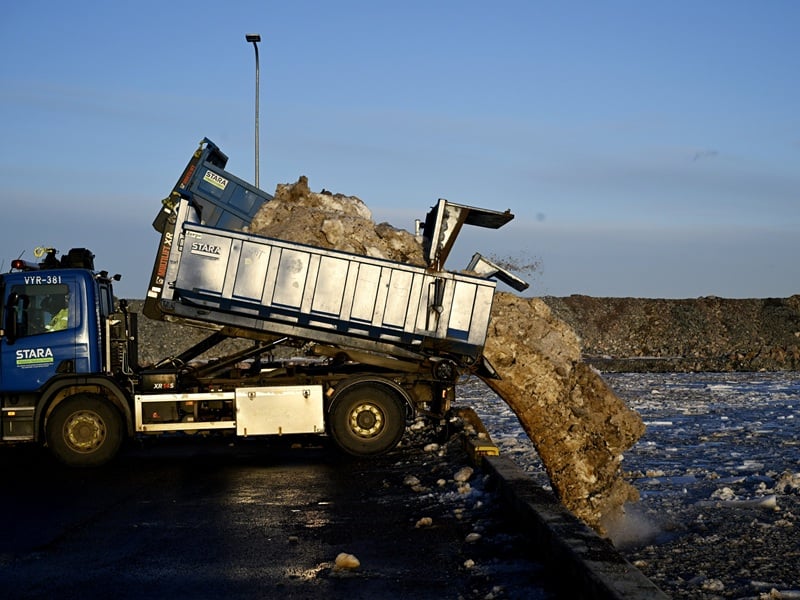The timeline is “extremely challenging” for Helsinki, Kari Pudas, a technical director at the Urban Environment Division, commented to the newspaper on Thursday. He reminded that the also city is trying to put a stop to the dumping of snow into the sea, albeit on an entirely different timeline – by 2033.
Around 25–45 per cent of the snow scooped off roads in the city are dumped into the Baltic Sea in Hernesaari. During the course of a typical winter, the site has been used to get rid of more than 15,000 loads – or 230,000 cubic metres – of snow.
“We’ll try to take care of it as quickly as possible, but finding a solution to the volumes [of snow] won’t be easy or fast,” he stated.
The prohibition poses a challenge primarily due to the lack of alternative disposal sites in areas that are near enough to not cause excessive costs or emissions.
“Generally speaking, urban space in the city is very expensive and using it to store snow hasn’t been a preferred option. We’d rather not dump large volumes into parks,” Pudas said to Helsingin Sanomat, assuring that the city has no intention to violate the law and will solve the issue “somehow”.
Winters with unusually high snowfall will also create challenges for transport, as the piles of snow lining the roads will be larger or more numerous. “We’ll have to come to terms with worse traffic conditions,” admitted Pudas.
The piles of snow, he added, can at worst continue having an impact well into the spring by prolonging the street dust season.
Aleksi Teivainen – HT


































